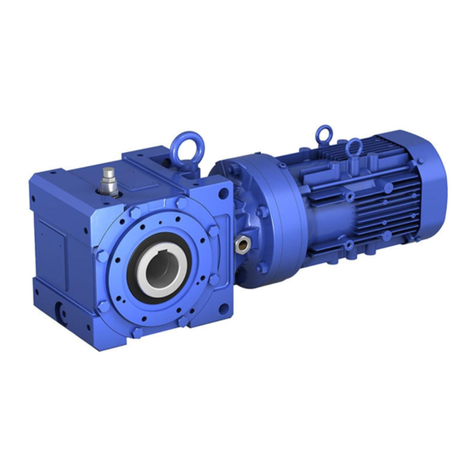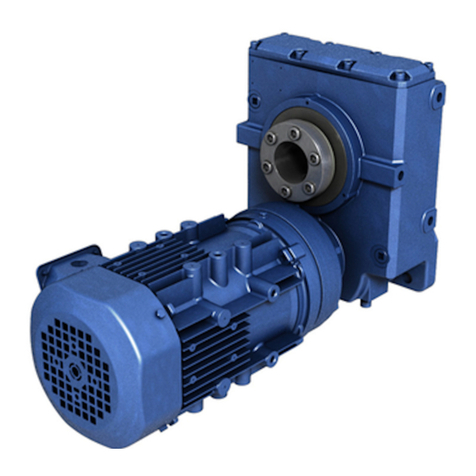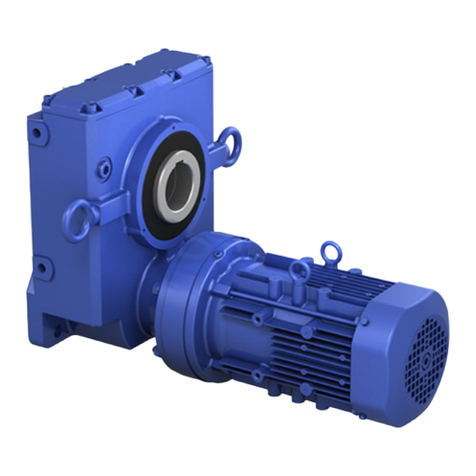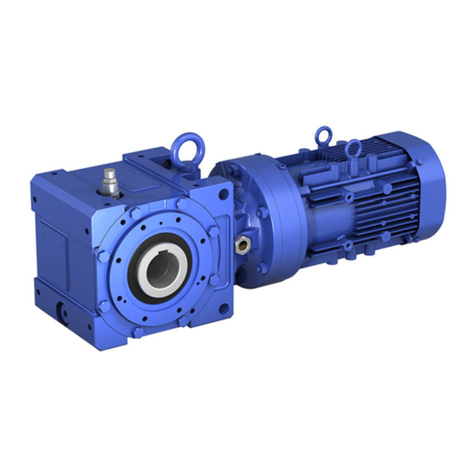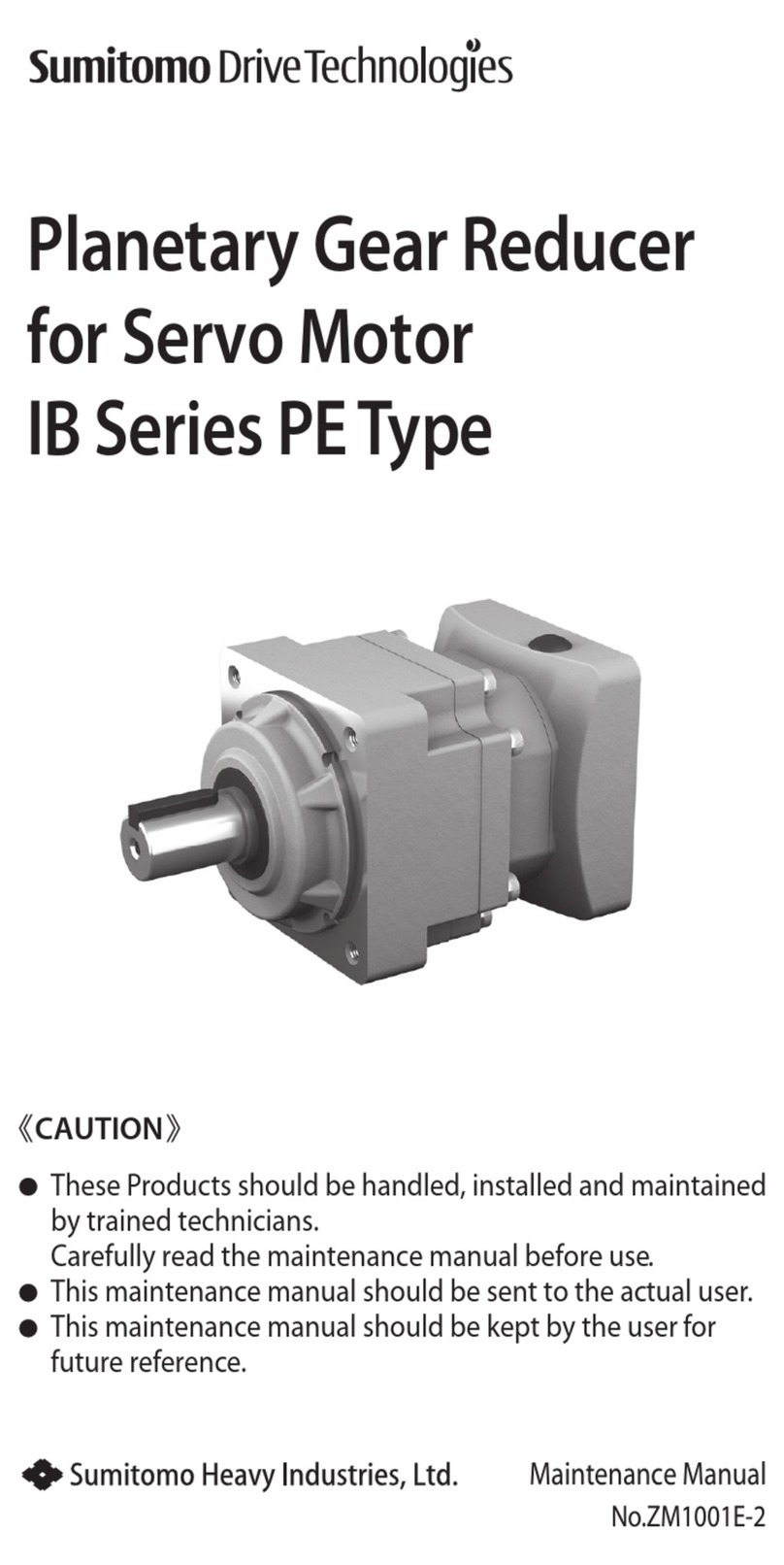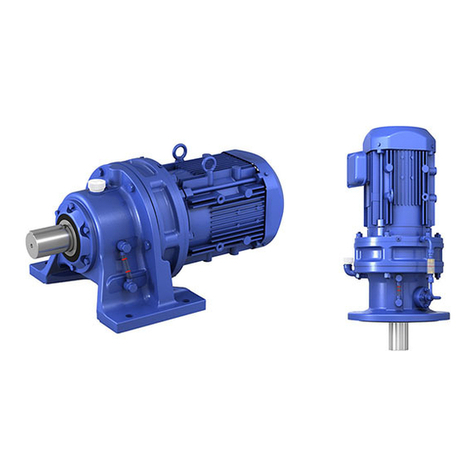Quick Start Guide Cyclo® BBB4 1
Safety Precautions
Review and adhere to the instructions in this manual to ensure:
• trouble-free Cyclo® BBB4 operation
• your rights to make a warranty claim.
Read this manual and all accompanying documents thoroughly before use. Understand the machine, information on
safety, and all precautions for correct operation. Sumitomo recommends that this manual is easily accessible for refer-
ence at the machine location.
• Only properly trained personnel should transport, install, align, wire, inspect, operate, and maintain
the unit.
• The user should install secondary safety devices for applications involving passenger transportation.
Failure to do so may result in personnel injury, death, and/or equipment damage.
• The user should install secondary safety devices for applications involving elevators. Failure to do so may
result in personnel injury, death, and/or equipment damage.
• Be sure to install and operate Cyclo® BBB4 speed reducers and gearmotors in compliance with
applicable local and national safety codes. Appropriate guards for rotating shafts are available from
factory.
CAUTION:
• Operate the unit only within its design and performance specifications; otherwise, injury or damage to the
system may occur.
• Keep hands and all foreign objects from the internal moving parts of the unit; otherwise, injury or damage
to the system may occur.
• Take damaged units off-line immediately and do not resume operation until properly repaired.
• Modifications or alterations of any kind to the unit will void the warranty and all subsequent claims.
• Do not remove the rating plate.
Inspection Upon Delivery
In order to avoid injury, ensure that the unit is in a stable position before unpacking.
• Verify that the unit received matches your order. Using the incorrect product may cause equipment
damage or personnel injury.
• Do not remove the nameplate from the unit.
Upon delivery, inspect the unit for damage that may have occurred during shipment. Notify the shipping company
immediately if you find any damage. Do not install or operate a damaged unit.
Upon receipt of the reducer/gearmotor, verify that:
• the model number on the unit nameplate matches the purchase order
• the unit was not damaged during shipping
• all bolts and nuts are fully tightened.
Please consult your Sumitomo agent, distributor, or sales office if you find any defects or if you have any questions.


